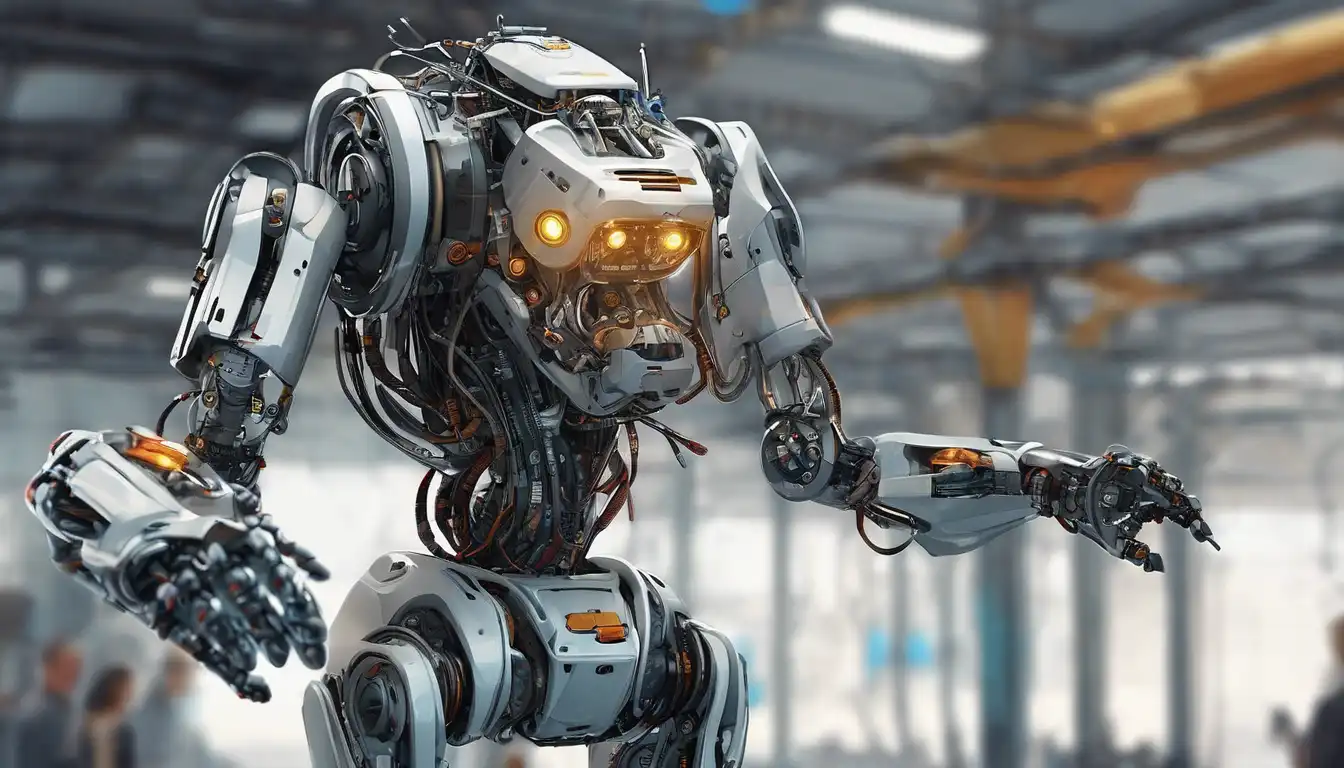The Dawn of Robotics: A Technological Revolution
In the realm of modern technology, robotics stands as a towering testament to human ingenuity and the relentless pursuit of innovation. This field, which seamlessly blends engineering, computer science, and artificial intelligence (AI), is reshaping industries, enhancing productivity, and redefining the boundaries of what machines can achieve.
The Building Blocks of Robotics
At its core, robotics involves the design, construction, operation, and use of robots. These sophisticated machines are capable of performing tasks autonomously or semi-autonomously, thanks to advancements in AI and machine learning. From manufacturing lines to surgical rooms, robots are becoming indispensable allies in our quest for efficiency and precision.
Innovation at the Heart of Robotics
Innovation in robotics is not just about creating machines that can perform tasks; it's about envisioning a future where robots can think, learn, and adapt. Breakthroughs in machine learning and sensor technology have paved the way for robots that can navigate complex environments, recognize objects, and even make decisions based on real-time data.
Applications That Are Changing the World
The applications of robotics are as diverse as they are transformative. Here are just a few areas where robotics is making a significant impact:
- Healthcare: Surgical robots are enabling minimally invasive procedures with unparalleled precision.
- Agriculture: Autonomous tractors and harvesters are revolutionizing farming practices.
- Manufacturing: Industrial robots are streamlining production lines, reducing errors, and increasing output.
- Space Exploration: Robotic rovers are our eyes and hands on distant planets, gathering data that was once beyond our reach.
The Future of Robotics: Beyond Imagination
As we look to the future, the potential of robotics is boundless. With the integration of Internet of Things (IoT) technologies, robots are becoming more connected, capable of communicating with each other and with other devices to perform complex tasks collaboratively. The fusion of robotics with virtual reality (VR) and augmented reality (AR) is also opening new avenues for remote operation and training, making robotics more accessible than ever before.
Challenges and Ethical Considerations
Despite its many benefits, the rapid advancement of robotics also presents challenges. Issues such as job displacement, privacy concerns, and the ethical use of autonomous weapons are sparking debates worldwide. It's imperative that as we forge ahead, we do so with a mindful approach to the societal implications of robotics.
Conclusion: A Symbiotic Relationship
The intersection of technology and innovation in robotics is not just about creating machines that can perform tasks; it's about enhancing human capabilities and improving quality of life. As we continue to explore this exciting frontier, the synergy between humans and robots will undoubtedly unlock new possibilities that were once deemed the stuff of science fiction.
